.
26.03.2014
The NASA Z-2 Suit
NASA's Z-2 Suit is the newest prototype in its next-generation spacesuit platform, the Z-series. As a follow-up to the previous Z-1 suit, which was named one of Time Magazine's Best Inventions of 2012, the Z-2 takes the next step in fidelity approaching a final flight-capable design. Most exciting, the Z-2 marks several milestones for NASA:
- First surface-specific planetary mobility suit to be tested in full vacuum
- First use of 3D human laser scans and 3D-printed hardware for suit development and sizing
- Most advanced use of impact resistant composite structures on a suit upper and lower torso system
- First integration of the suit-port concept with a hard upper torso suit structure
- Most conformal and re-sizeable hard upper torso suit built to date
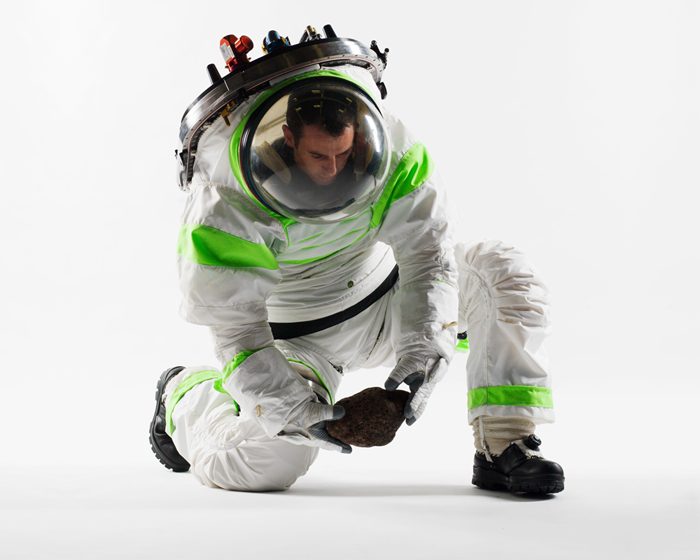
After the positive response to the Z-1 suit's visual design we received, we wanted to take the opportunity to provide this new suit with an equally memorable appearance. The cover layer of a prototype suit is important as it serves to protect the suit against abrasion and snags during the rigors of testing. With the Z-2, we're looking forward to employing cover layer design elements never used in a spacesuit before. The designs shown were produced in collaboration with ILC, the primary suit vendor and Philadelphia University. The designs were created with the intent to protect the suit and to highlight certain mobility features to aid suit testing. To take it a step further, we are leaving it up you, the public, to choose which of three candidates will be built.
Please review the three concepts below and make your selection. Voting is open through April 15, 2014 at 11:59pm EDT.
.
Option A: "Biomimicry"
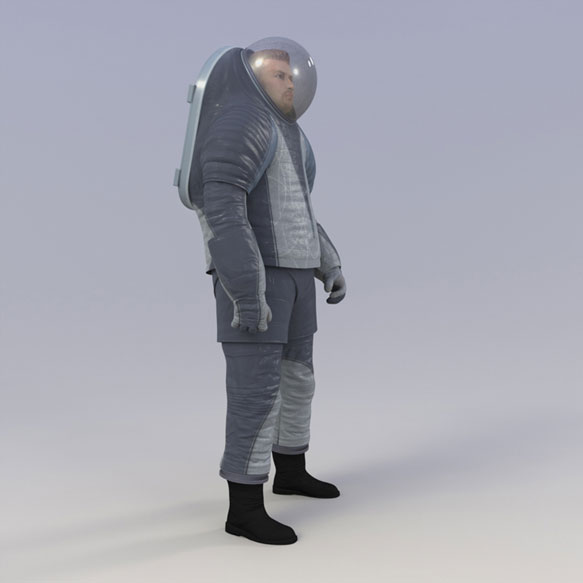
Option B: "Technology"
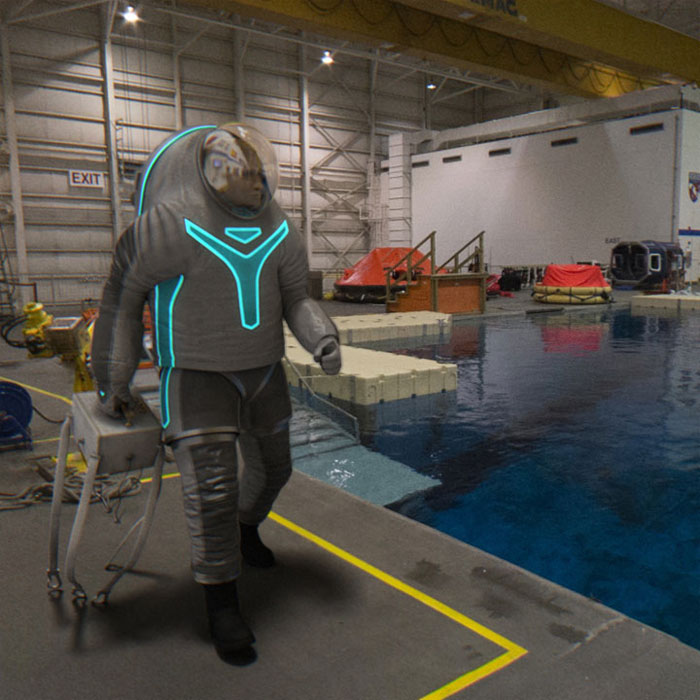
Option C: "Trends in Society"
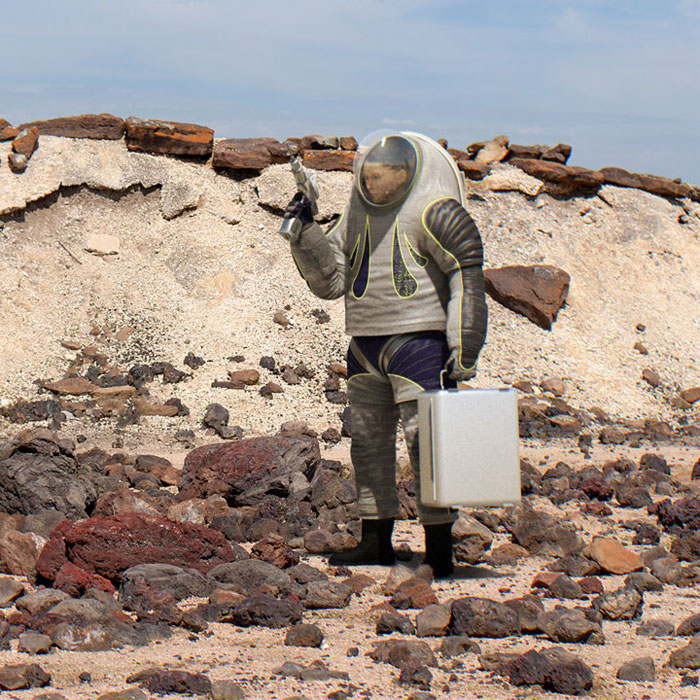

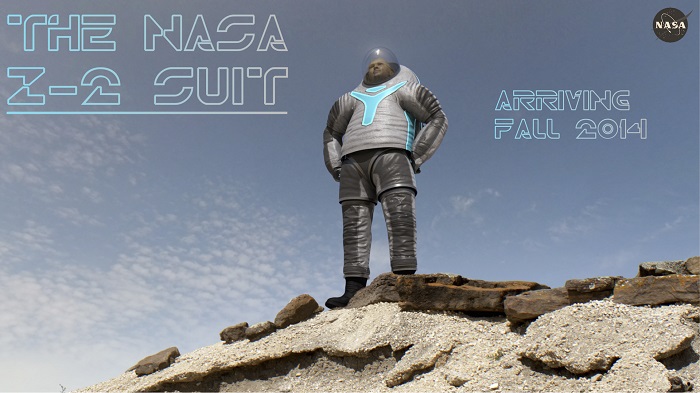
With 233,431 votes, the "Technology" option has won NASA's Z-2 Spacesuit design challenge with just over 63% of the total vote. This design now will be incorporated into the final version of the suit, which is expected to be ready for testing by November 2014.
NASA's Z-2 suit is the newest prototype in its next-generation spacesuit platform, the Z-series. With the agency laser focused on a path to Mars, work to develop the technologies astronauts one day will use to live and work on Mars has already begun. Each iteration of the Z-series will advance new technologies that one day will be used in a suit worn by the first humans to step foot on the Red Planet.
There are many key advances to be found in the Z-2 suit when compared to the previous Z-1. The most significant is that the Z-1 had a soft upper torso and the Z-2 has a hard composite upper torso. This composite hard upper torso provides the much-needed long-term durability that a planetary Extravehicular Activity (EVA) suit will require. The shoulder and hip joints differ significantly based on extensive evaluations performed during the last two years with the Z-1 to look at different ways of optimizing mobility of these complex joints. Lastly, the boots are much closer in nature to those that would be found on a suit ready for space, and the materials used on the Z-2 are compatible with a full-vacuum environment.
Besides the typical fit checks and mobility evaluations, NASA currently is planning a very comprehensive test campaign for the Z-2 suit. Engineers will conduct multiple vacuum chamber tests, including one series at full vacuum, mimicking the lack of atmosphere found in space. The suit will be tested at NASA's Johnson Space Center in Houston in the Neutral Buoyancy Lab, the huge indoor pool used to train astronauts to spacewalk. Further testing at a site at Johnson that imitates the rocky Martian surface will help evaluate the suit's mobility, comfort and performance. Ultimately, all of these tests will guide engineers in designing the Z-3.
With the Z-2, NASA will employ cover layer design elements, like electroluminescent wiring, never used before in a spacesuit. The designs that were available for voting were produced in collaboration with ILC Dover, the primary suit vendor, and Philadelphia University. The intent of the designs was to highlight certain mobility features for testing. To take it a step further, NASA offered the public the opportunity to decide which of three candidates will be built.
Because the Z-series is still in the prototype, or non-flight, phase, the design won’t be making a trip to space. The cover layer of a non-flight suit still performs an important function in ground-based testing. The cover protects the lower layers and technical details from abrasion and snags during testing. It also serves to provide the suit with an aesthetic appeal. The cover layer on flight suits used for spacewalks performs many other important functions like protecting the spacewalker from micrometeorite strikes, the extreme temperatures in space and the harmful effects of radiation. These requirements drive selection of specific high-performance materials and design details that aren’t necessary at this stage in a prototype suit.
NASA's Z-2 Spacesuit is a project under the Advanced Exploration Systems Division which pioneers the development and demonstration of new technologies for future human missions beyond Earth orbit as part of the Human Exploration and Operations Mission Directorate.
Quelle: NASA

